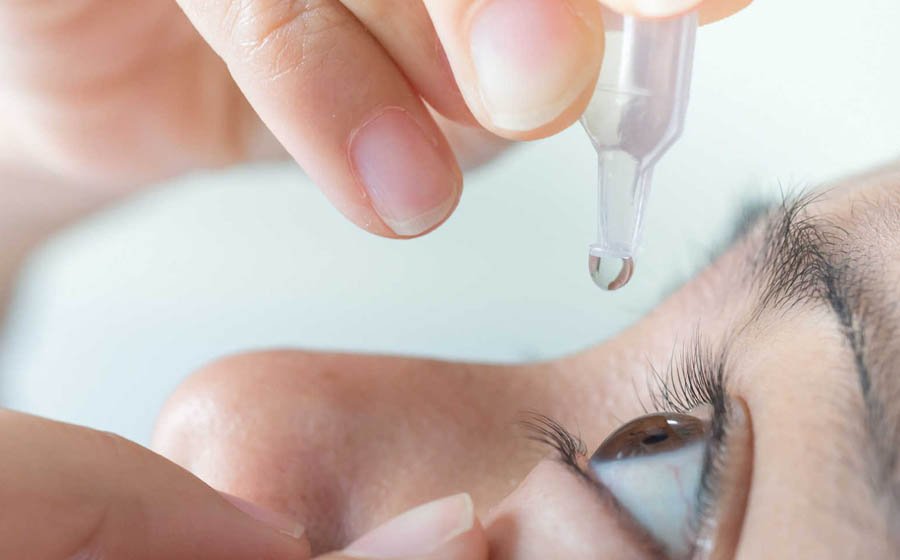Dry eyes can cause a grating feeling in your eyes. Plus, redness, itchiness, and a never-ending cycle of trying to find the perfect eye drops might seem like your lot in life. And attempting to wear contacts could be downright impossible. Fortunately, many eye drops are available on the market to make your life more comfortable. You may also explore a guide to eye drops for dry eyes at a Dry Eye clinic near you.
But how do you find the best eye drops, given all the options available? As you stand before a shelf of eye drops, you might rationalize, “all of them are the same, so why not grab the cheapest one?” Well, it doesn’t work that way – the product of your choice matters. Accordingly, when selecting eye drops, do the following:
1. Consider Active Ingredients
Eye drops feature different ingredients. Some may worsen your dry eye symptoms, while others can provide relief. Besides, most over-the-counter eye drops contain a moisturizing agent, such as sodium hyaluronate or carmellose. These help increase the moisture content of tears and lubricate your eyes.
If you have allergies, go for antihistamines or mast cell stabilizers that can help relieve inflammation and itchiness. Also, if your eyes are sensitive to some ingredients, search for hypoallergenic brands. Such can be helpful if you apply multiple drops daily, as their formulations don’t irritate your eyes.
It’s also advisable to opt for preservative-free eye drops. While preservatives help ensure the product’s quality, they can be counterproductive. Generally, eye drops for dry eyes are meant for long-term use. Long-term use of preservative-laden eye drops can cause sensitivity which may worsen your situation.
Artificial tears can also help if your eyes are tired, so check for ingredients such as polyvinyl alcohol or propylene glycol, which can help mimic the natural components of tears. All the same, many dry eye treatments are designed to supplement the natural lubricants in your eyes. Some contain additional ingredients such as s Omega-3 fatty acids, zinc, and vitamins A and E, which promote general eye health.
2. Read Labels Carefully
The ingredients may vary even among the same products from different brands. For instance, some manufacturers may add preservatives to their products, while others offer preservative-free formulas. Likewise, others may incorporate additional ingredients, such as anti-redness agents or decongestants, which could improve the performance of their products.
With that in mind, don’t gloss over labels. Read the ingredients carefully and look for additional agents that may affect your eyes. Also, remember to check the sell-by date. Expired eye drops could contain harmful bacteria that can cause infections or further damage your eyes.
3. Choose Appropriate Sizes
We get it; you might want to save by grabbing a large bottle of eye drops. However, even if you plan to use them daily, spring for smaller sizes. For starters, you want fresh eye drops with each use, as preservatives tend to break down over time when exposed to air. Similarly, discard the solution if it changes color or becomes cloudy.
You may also opt for single-use containers, as they provide larger doses of eye drops with each use, which can provide a prompt effect. Plus, they are less likely to get contaminated in your purse or pocket.
4. Mind the pH Level
Eye drops typically come in different pH levels, from acidic to alkaline. Opt for those with a neutral or slight acidity of 6-7.5, as alkaline solutions can irritate your eyes. Generally, the pH of healthy tears is 7.5, so it helps to find eye drops that match this level.
Also, some over-the-counter products contain detergent-like ingredients such as boric acid and sodium hydroxide. These can strip away your eyes’ natural lubricants, leading to further discomfort. Besides, phosphate buffers incorporated into eye drops can weaken corneas. As such, shop for pH-balanced solutions with fewer chemicals to minimize irritation.
5. Talk to Your Doctor
If all else fails, or if you’ve tried different treatments to no avail, consider consulting an eye doctor. They can establish the root cause of your eye issues so you can better address them. They may also recommend particular eye drops, which could alleviate your symptoms. These could be over-the-counter variants or prescription eye drops.
While at it, ask about the proper administration of eye drops. Chances are you might have been using them wrong. Also, enquire about the ideal eye drops if you use contact lenses or have other issues.
Ideally, you want eye drops that can do their thing – provide relief and not worsen your condition. That said, I hope the pointers above streamline your search for the best eye drops.
















